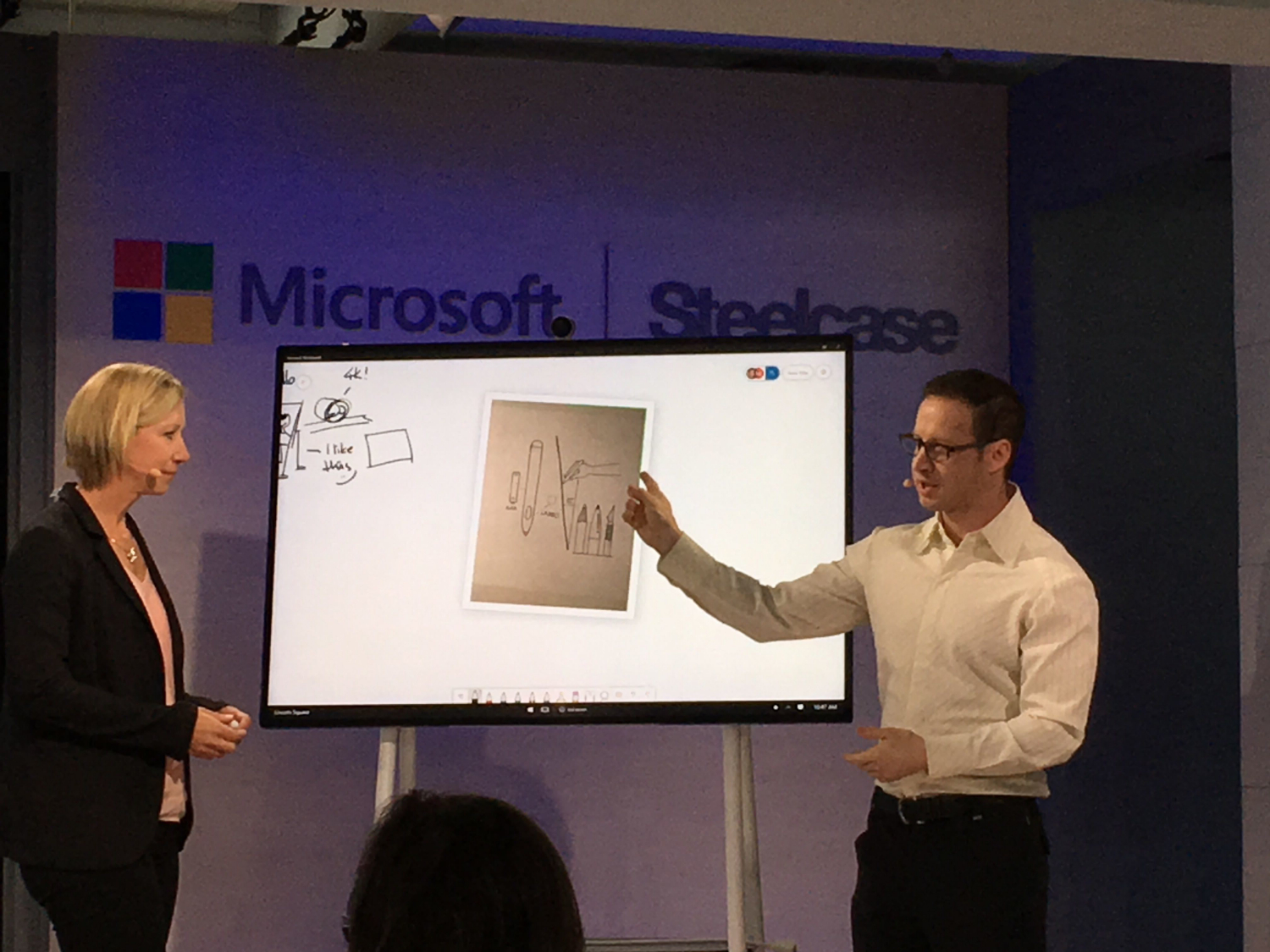Surface Hub 2S Hands-On: Microsoft's Future of Work
At a press event in New York City today, Microsoft debuted the Surface Hub 2S. It’s the company’s latest office collaboration platform with a 50.5-inch 4K touchscreen display, a 3:2 aspect ratio and a webcam. It’s also battery-powered for when you want to wheel it away from a wall.
According to Surface head Panos Panay, that last feature will makes work displays mobile in the same way that laptops made personal computing more portable. In fact, the entire demo was performed with a unit unplugged from the wall. Representatives couldn't confirm final battery time but said current testing is pointing to just under two hours, but said it charges in roughly 90 minutes.
Surface Hub 2S will start shipping in June for $9,000. Users can upgrade with a computing cartridge that fits in the back of the Surface Hub 2S. Additionally, an 85-inch model will be available with similar features. An 85-incher is planned for later this year. The more advanced version, the Surface Hub 2X, is scheduled for 2020.
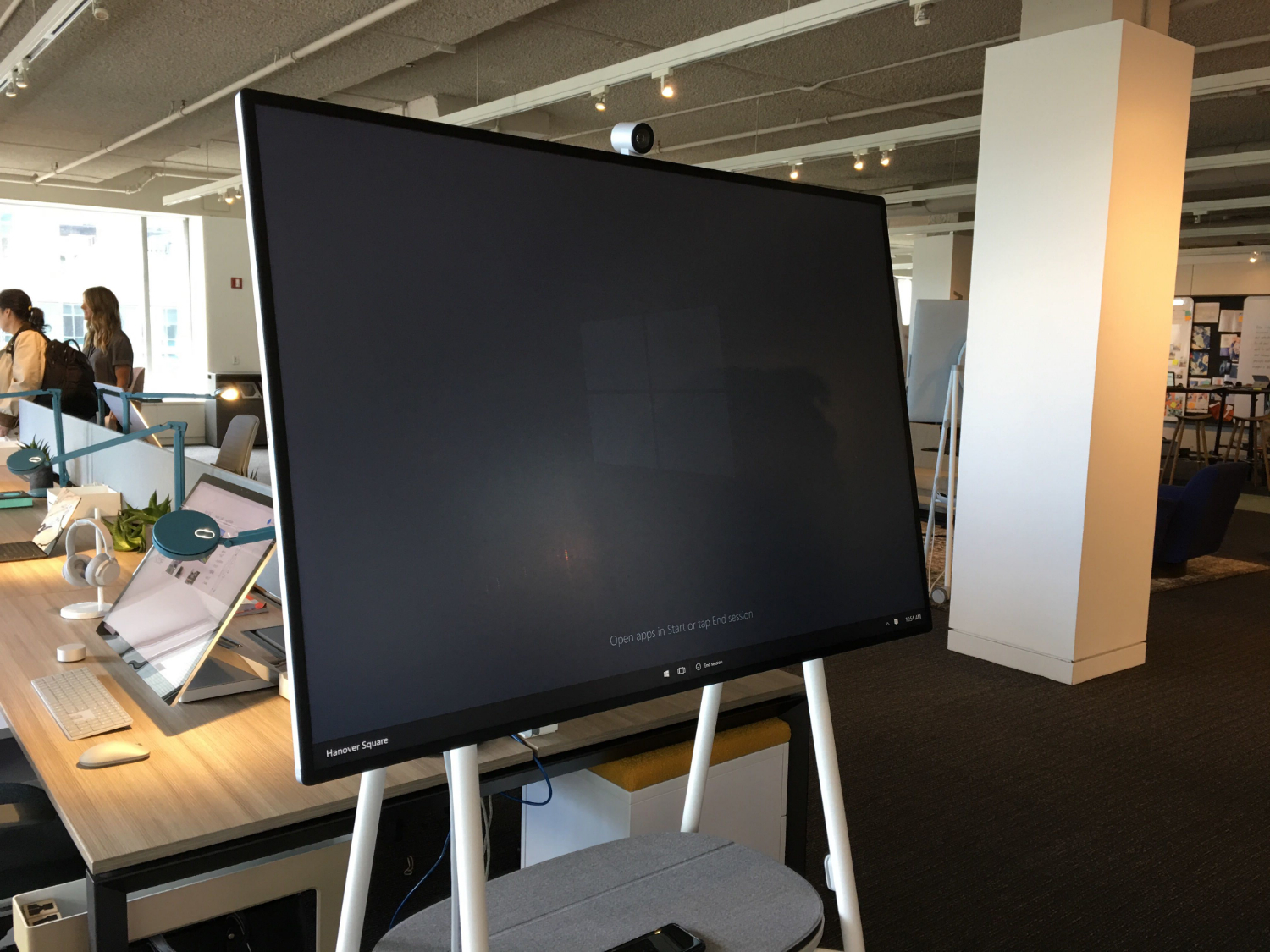
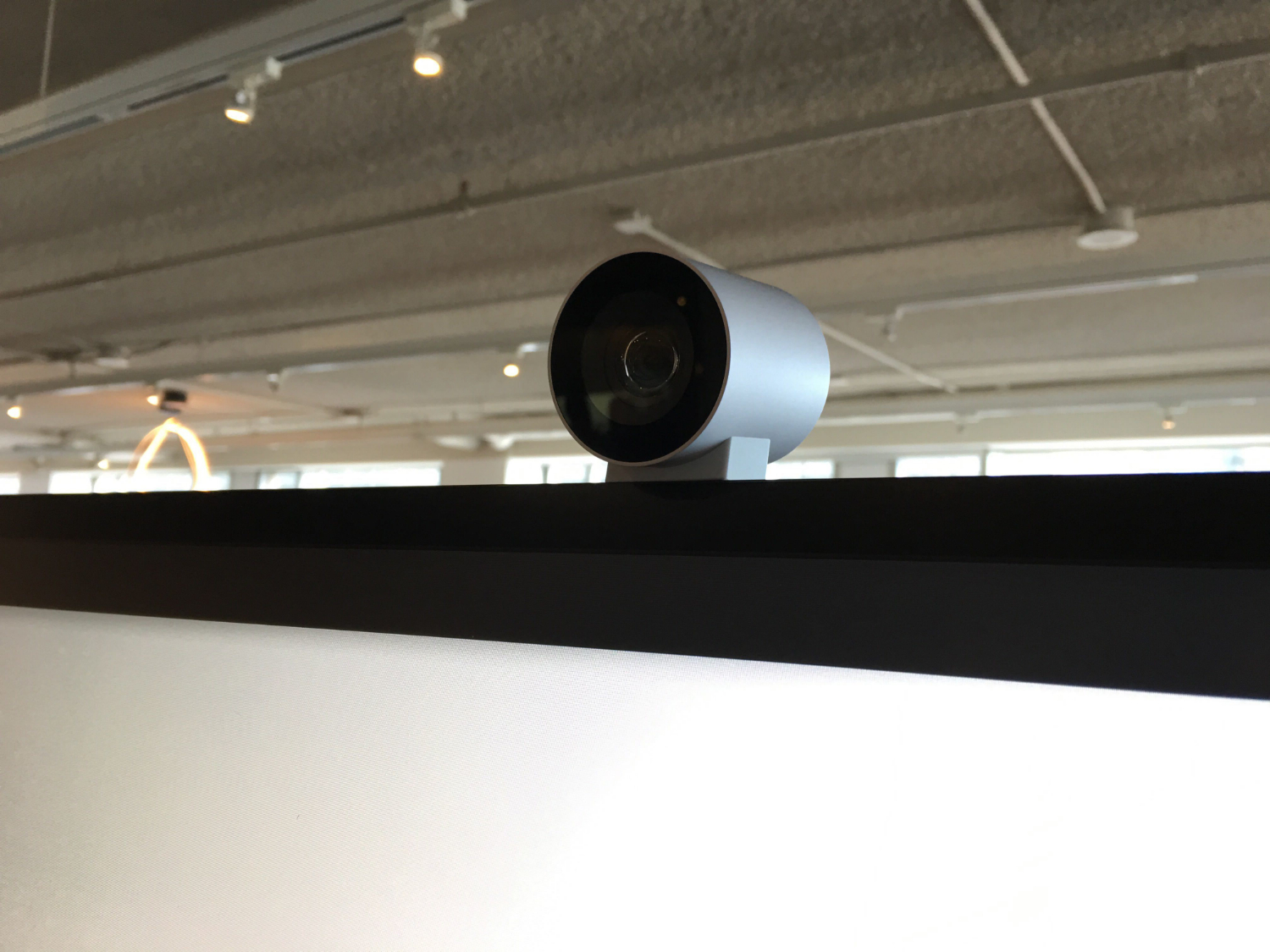
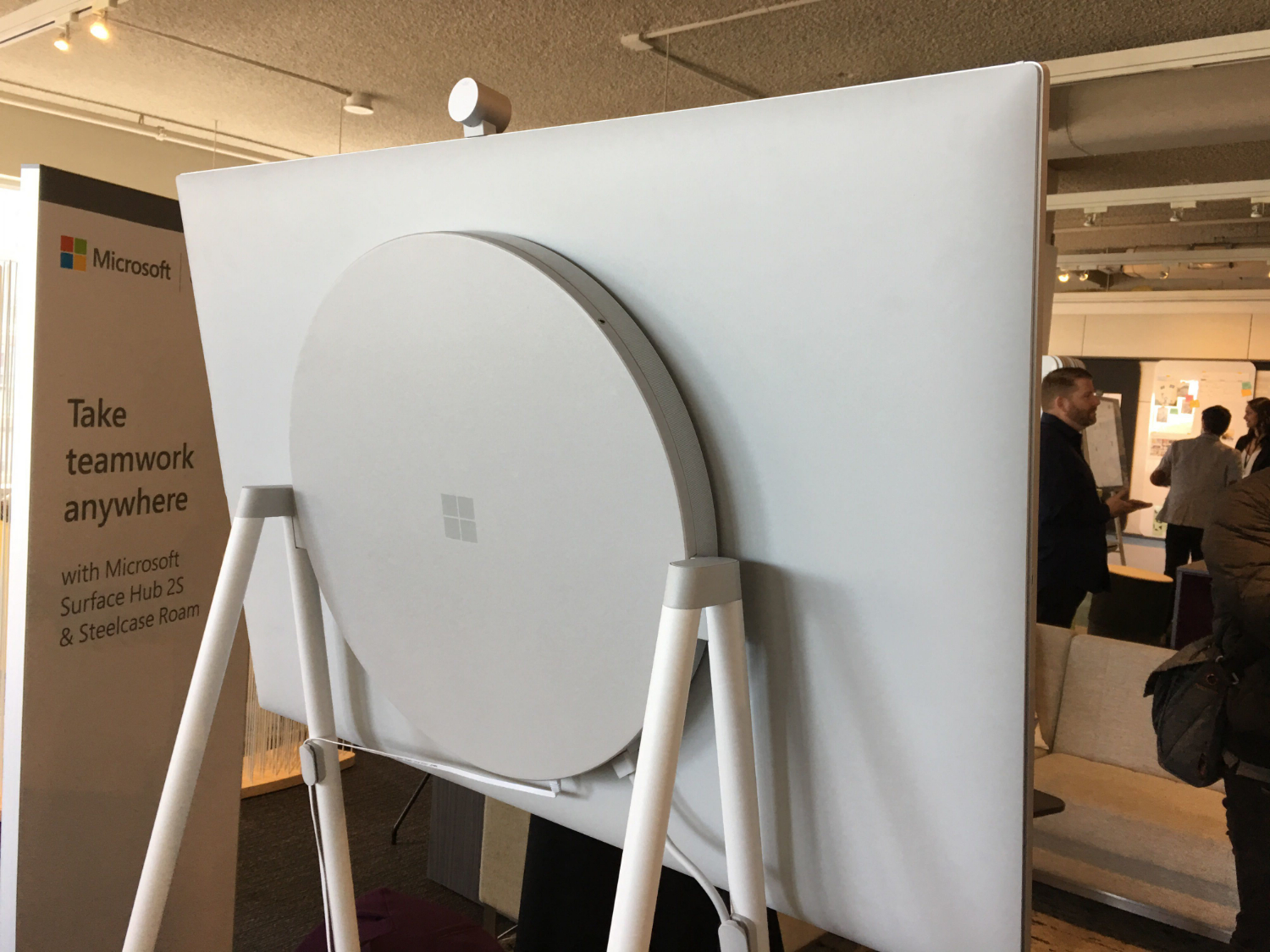

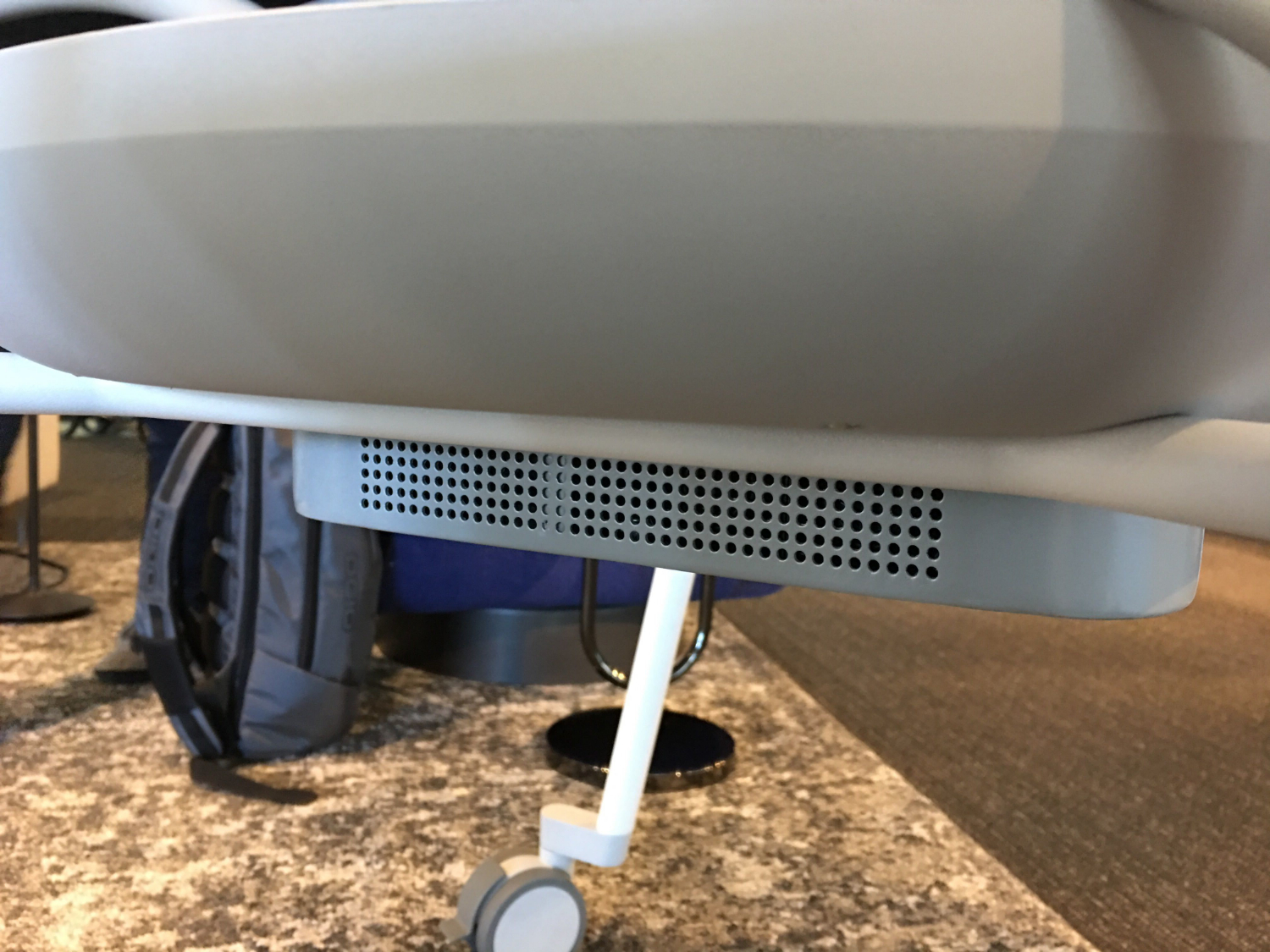
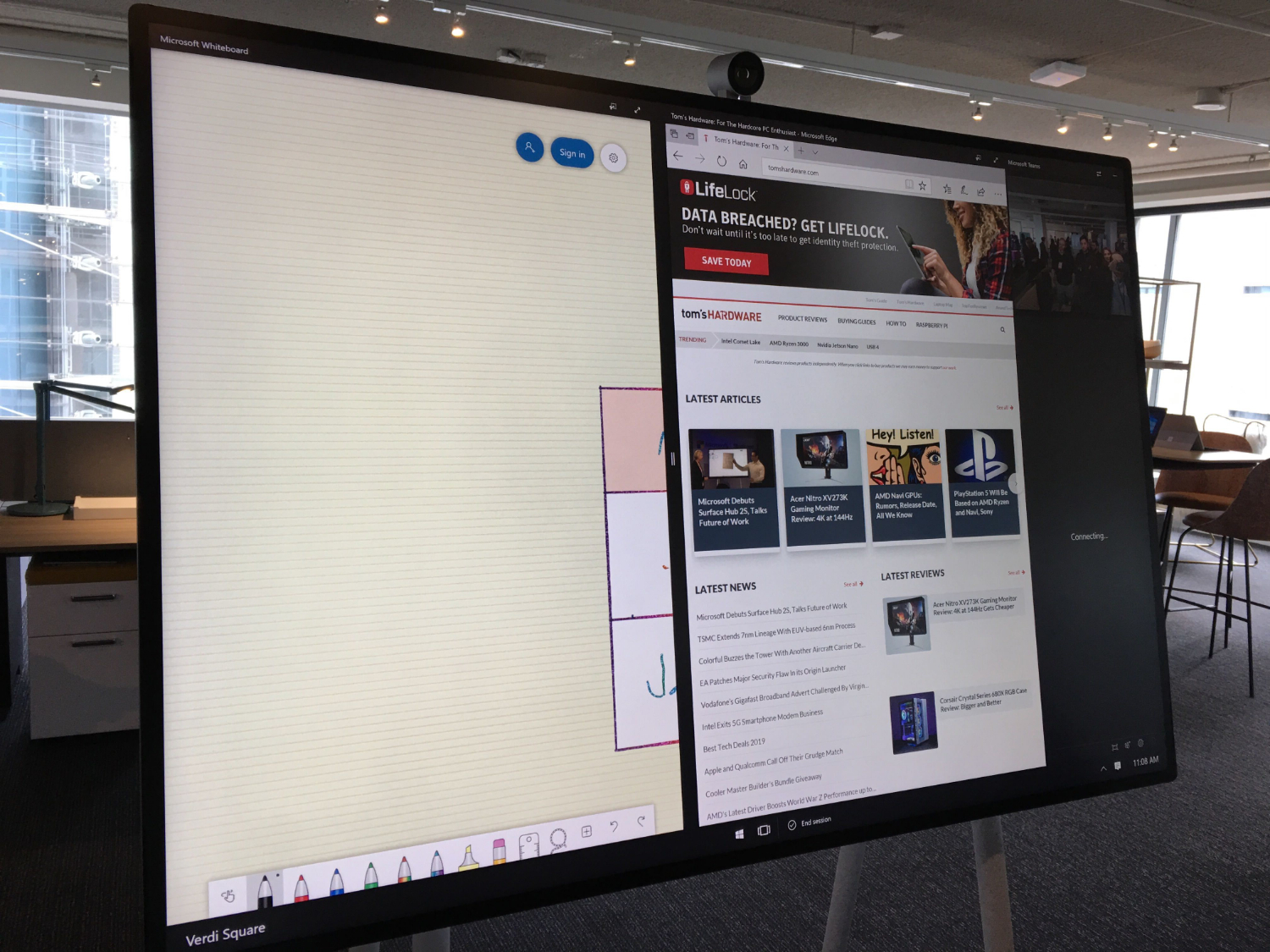
The Surface Hub 2S uses a suite of Microsoft 365 apps and has Microsoft Teams on board. There’s a whiteboard app for sketching out ideas. Meanwhile, the 4K camera has a 90-degree field of view, and the speakers include tweeters and a subwoofer in the back.
It comes with a stylus for whiteboarding, as well. The Whiteboard app allows for real-time co-editing from anywhere. The app is cross-platform, so users can contribute from the Hub, Windows PCs, Android and iOS. Additionally, pictures from old ink whiteboards can be brought into the Whiteboard app with Microsoft's AI. In a hands-on, I was able to use the app to make tables and convert my handwriting to more legible text (though there were some flubs). I also got to talk with four "co-workers" who could see what was on mu display. It was much more of a hands-on, collaborative feel than the video calling I do day-to-day, which at best has a shared screen.
The Surface Hub 2S has a modular compute unit, which will enable an update to the 2X later this year. A hardware rep said it uses an 8th Gen quad-core Intel Core i5 CPU, but didn't elaborate on what kind. This removable computer is also designed to allow for easier servicing. It also uses 8 GB of DDR4 RAM and a 128 GB M.2 SSD. There are four USB Type-C ports around the sides of the unit (you'll plug the camera into one of them), as well as HDMI, USB Type-A and another USB Type-C on the compute unit.
The 2S doesn't support rotation, and the modular unit keeps it from rotating. The 2X option, however, won't block it and will support it in the software.
Get Tom's Hardware's best news and in-depth reviews, straight to your inbox.
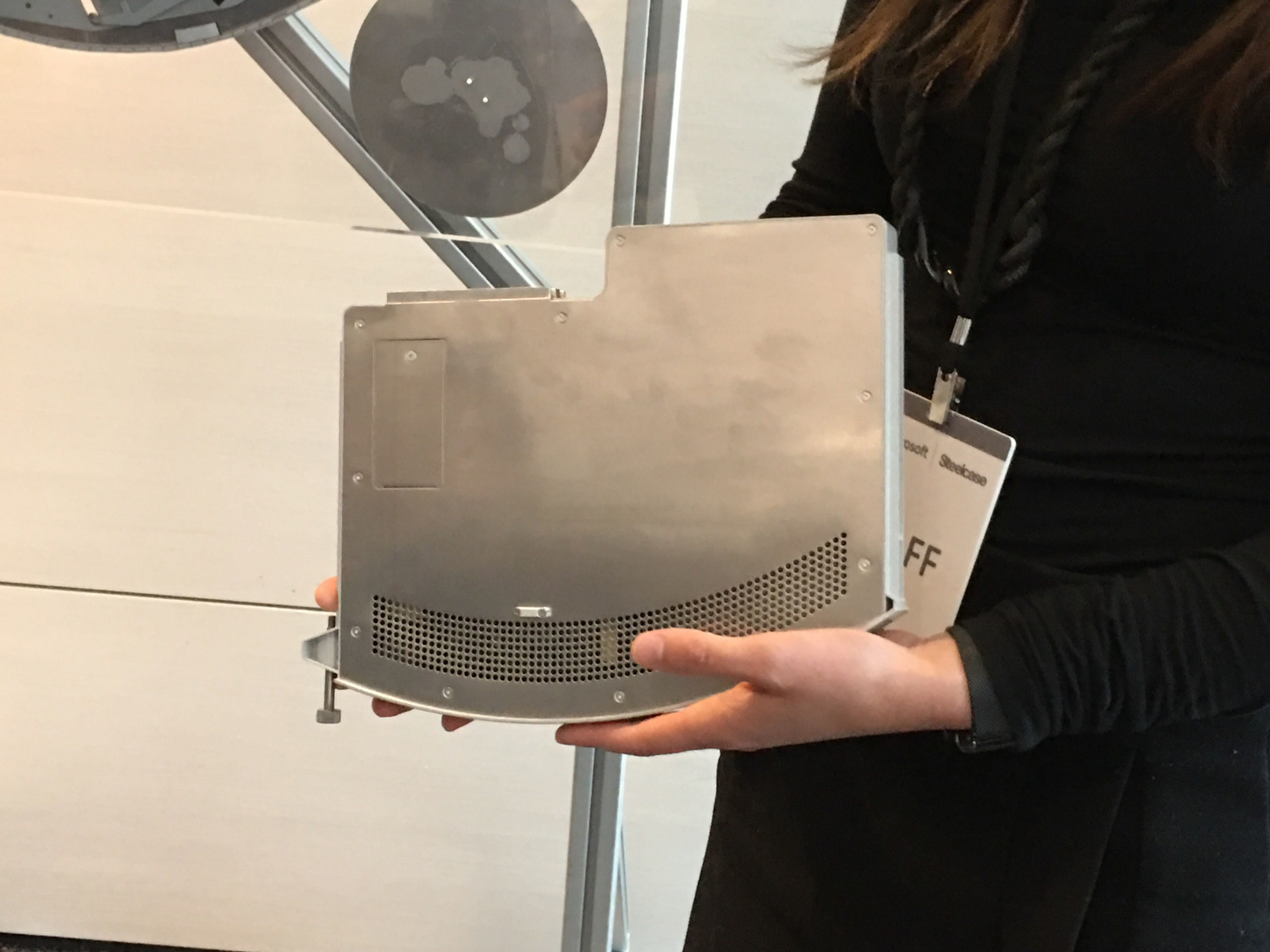

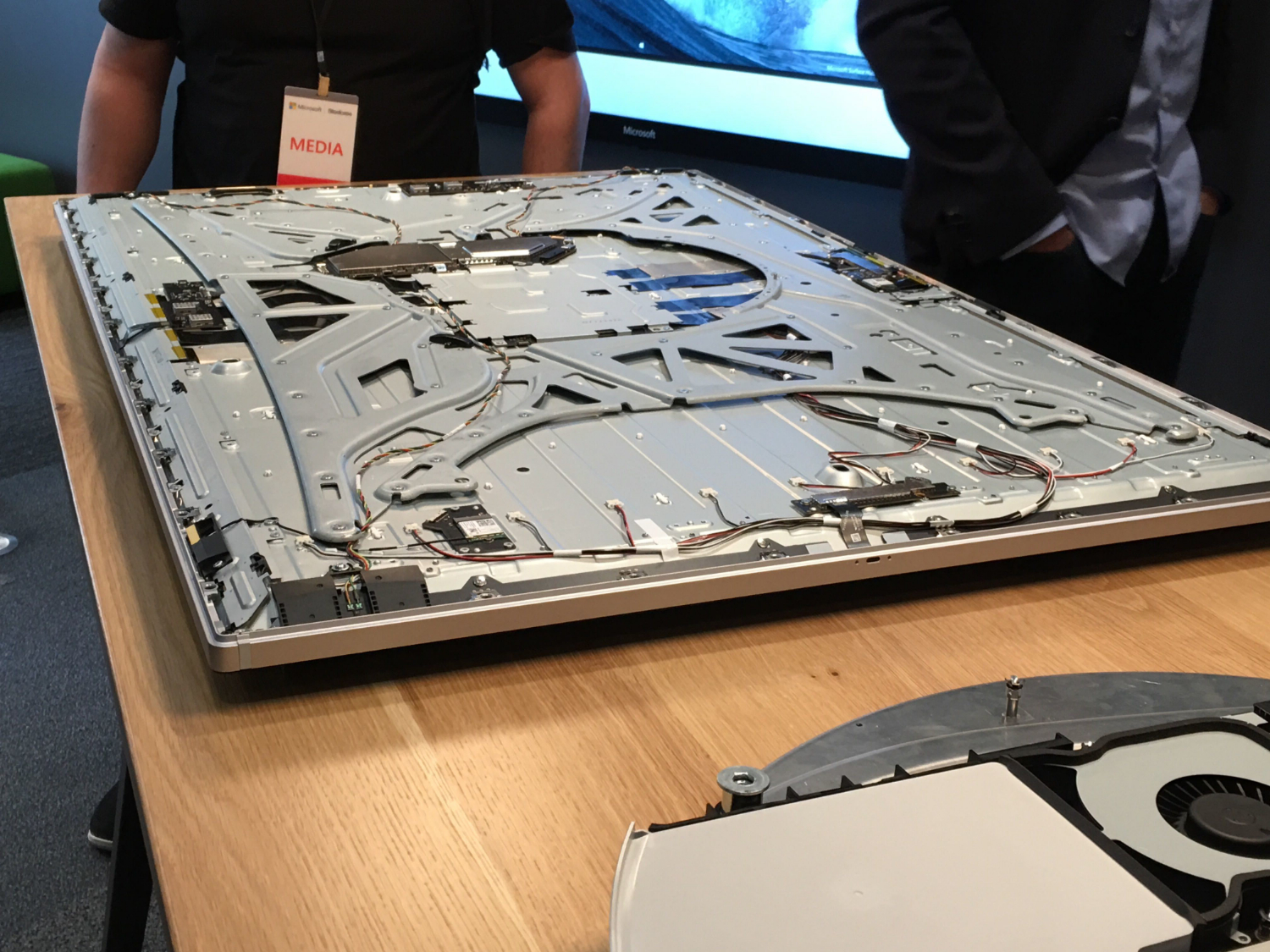
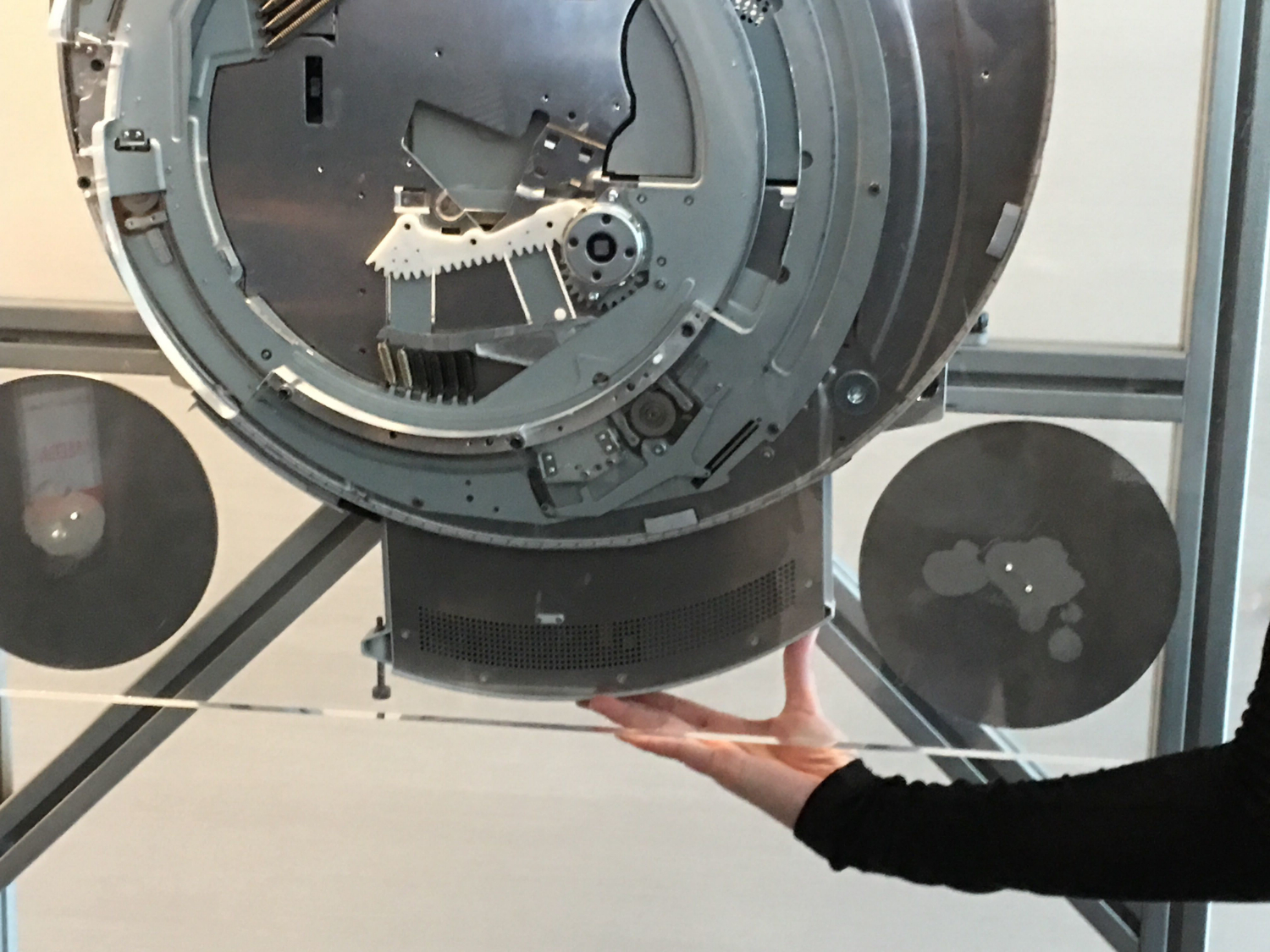
“People are spending more time right now collaboration than they ever have before,” Panay said. ”This is worldwide.” People, he suggested, are the biggest asset. Hearing intonation, seeing facial expressions, no matter how a group is spread out, makes teamwork more effective. In a demonstration meeting, presenters invited the Hub to a meeting, just like a member. Each user showed up in 1080p on the display.
Microsoft partnered with office design, collaboration and furniture company Steelcase, which held the event at its offices.
James P. Keane, CEO of Steelcase, discussed the challenges of innovation and making people work differently with cultures focused on teamwork, as well as the technologies that enable it, like cloud computing.
“Space is a bit of an anchor,” Keane said. He said Steelcase built new spaces, including in warehouses, that included less fixed furniture that could be moved around with people. But it also needed to focus on the needs of individuals within those teams. The exec said the one that worked most with Microsoft’s new Surface Hub 2 was the meeting room, allowing for “active collaboration."
Keane introduced Steelcase’s Flex Collection, furniture that moves on wheels, walls for privacy and whiteboards that can be dragged around, all pointing to an office with furniture that doesn’t stay in one place. Among those is the Steelcase Roam, a stand designed for the Surface Hub.
Among the other items in the collection are standing desks that can move and boundary devices for individuals, plus larger ones with sound-absorption to make makeshift rooms.
Image credits: Tom's Hardware

Andrew E. Freedman is a senior editor at Tom's Hardware focusing on laptops, desktops and gaming. He also keeps up with the latest news. A lover of all things gaming and tech, his previous work has shown up in Tom's Guide, Laptop Mag, Kotaku, PCMag and Complex, among others. Follow him on Threads @FreedmanAE and BlueSky @andrewfreedman.net. You can send him tips on Signal: andrewfreedman.01
-
Rdslw Looking at microsoft "kind of treatment" while @ work, it will begin update while you prepare to present critical stuff.Reply
